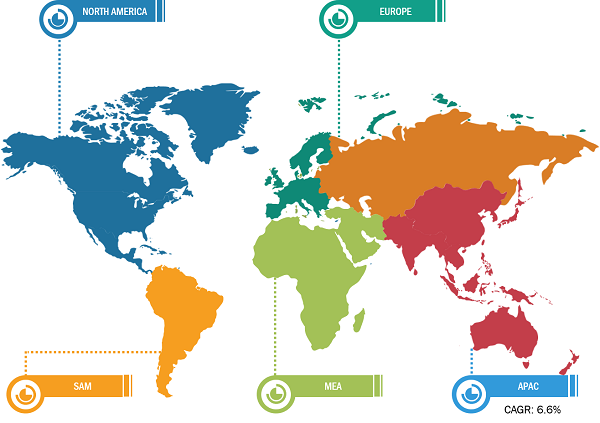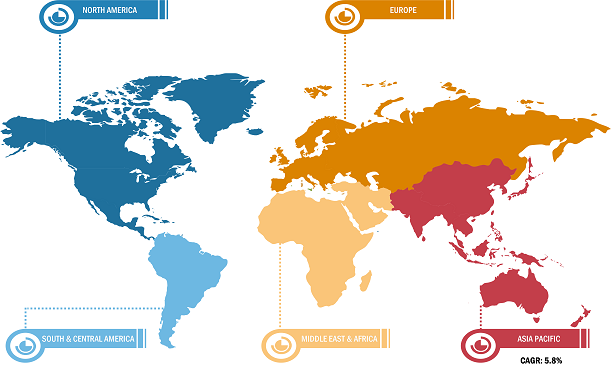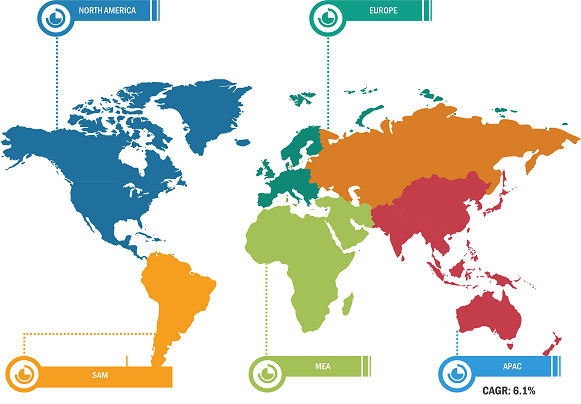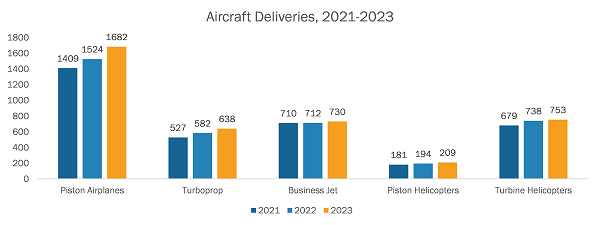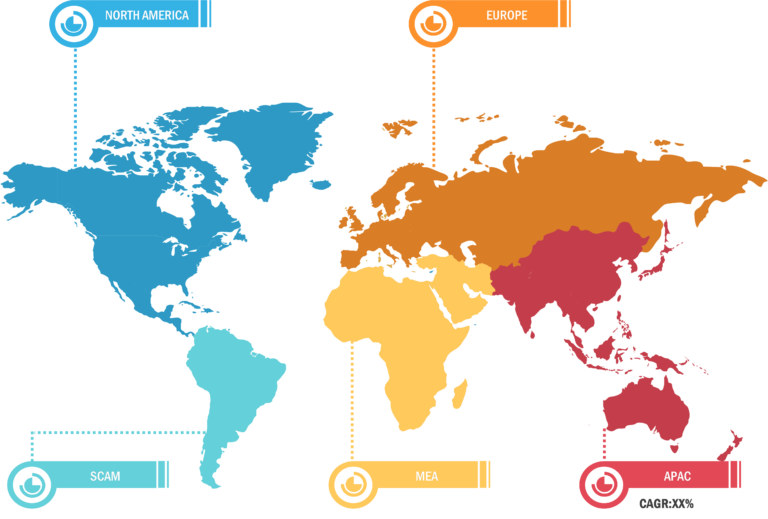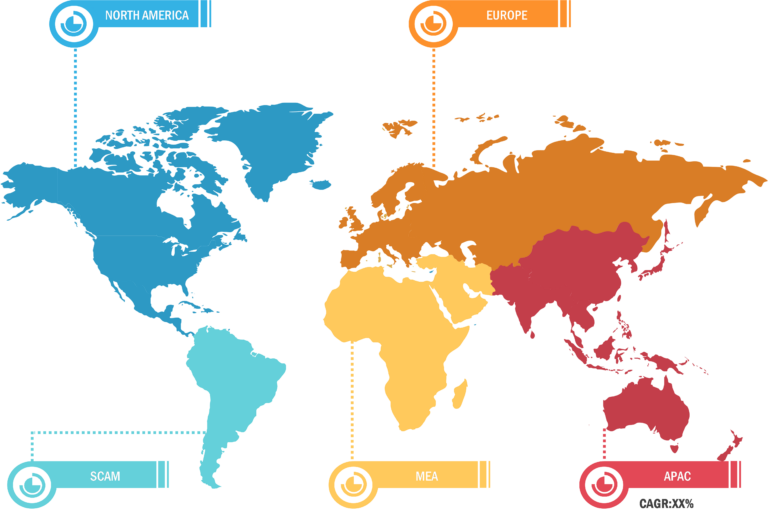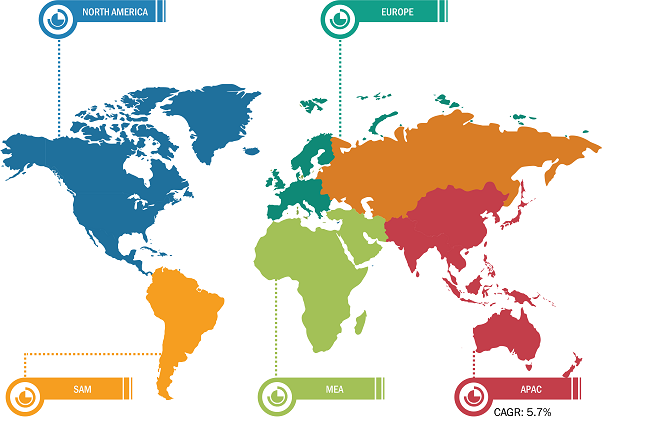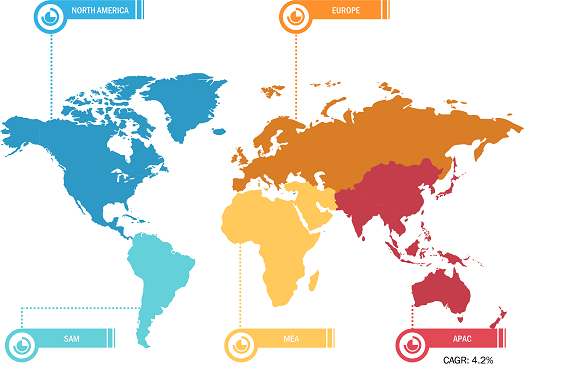
Sealants Market
In the building & construction industry, sealants add flexibility to building structures, allowing materials to absorb stress and movement caused by uncertain climatic conditions. They also offer energy efficiency to the buildings and provide a barrier against air, dust, and sound. Structural sealants are used for applications such as roofing, glass bonding, fire barriers, crack repair, and deck coatings. Silicone sealants are used in the expansion, construction, connection, and movement of joints to ensure the stability of structural materials.
As per the US Census Bureau, during the first five months of 2023, the total construction spending in the US was US$ 740.8 billion on the development of commercial spaces, offices, highways, transportation, and streets. During the same period, the spending on private and public construction was US$ 585.7 billion and US$ 133.8 billion, respectively. In February 2023, China launched an inbound investment program called the Qualified Foreign Limited Partnership, which involved at least US$ 4.37 million of fundraising in its first round. The scheme is aimed at investing in residential and commercial projects. During the 14th Five-Year Plan (2021–2025), China plans to allocate 6.5 million government-subsidized rental homes in 40 key cities to assist an estimated 13 million people in need of affordable housing. Nearly 219,000 old residential communities constructed in urban areas before the end of 2000 will most likely be renovated by 2025 to provide more housing.
The government-supported infrastructure projects involve building roads, bridges, tunnels, dams, ports, airport pavements, and highways. The rising investments from government organizations result in the growth of infrastructure development. To develop net zero highways, the Department for Transport of the UK announced a funding of US$ 34.83 million in 2022. In November 2021, the US government approved an infrastructure bill of US$ 1.2 trillion to aid federal investments in numerous infrastructure projects. In addition, construction spending was estimated to increase by 5.5% by 2023. Investments by private companies and governments increase construction activities, generating demand for construction services, chemicals, and materials. Government infrastructure projects such as road construction, bridges, railways, and urban development initiatives also create demand for construction materials. Thus, the growth of the building & construction industry fuels the sealants market growth.

Sealants Market: Segmental Overview
The sealants market is segmented on the basis of type, application, and end-use industry. Based on type, the market is categorized into silicone sealants, polyurethane sealants, acrylic sealants, polysulfide sealants, butyl sealants, hybrid sealants, and others. The hybrid sealants segment is subsegmented into silane modified polymer sealants, polyurethane modified acrylic sealants, and others. The silicone sealants segment held the largest share of the market in 2023. Silicone sealants have excellent thermal resistance, dynamic movement capability, and adhesion. Silicone sealants are used to bind surfaces such as plastic, metal, and glass together. For weatherproofing and air-sealing applications, silicones can be used structurally for bonding glass or metal to frames. These sealants are used to seal joints in various construction applications. Silicone is resistant to chemicals, moisture, and weathering, and it can create strong adhesive bonds. Aquariums are often sealed with silicone sealants. Windows and frames are sealed together with silicone sealants as they are weather-resistant. Silicone can keep its adhesive properties when temperatures are high, and it is significantly used in electronic devices, automobiles, and appliances.
By application, the sealants market is segmented into waterproofing, insulation, bonding and sealing, soundproofing, and others. The waterproofing segment held a significant share of the market in 2023. For waterproofing, silicon sealant and polyurethane sealant are used on external building facades to prevent rainwater from entering the building through the cracks on external surfaces. Sealants are significantly used in swimming pools to protect against corrosion caused by water. Additionally, sealants are used for waterproofing on rooftops in order to protect against rainwater that might seep into the building through cracks.
The sealants market, in terms of end-use industry, is segmented into building & construction, automotive, electronics, healthcare, aerospace & defense, marine, energy & power, and others. The building & construction segment held the largest market share in 2023. Sealants used for building and construction provide substrates with various mechanical properties, including superior adhesion as well as water impermeability and chemical resistance, and they can guarantee speedy cure to improve process efficiency. Sealants bond and seal concrete, asphalt, steel, and tiles, making the structures last longer. In the building & construction industry, sealants connect and join various materials and parts to the main structure. They help close the gaps between the elements and surfaces of the construction, thus preventing fluids and substances from passing through surfaces and mechanical joints. Sealants help commercial and residential buildings perform better by sealing out water, humidity, and UV rays. The strong growth of the building & construction industry due to the increasing population, growing infrastructural developments, and rising investments in the residential & commercial construction sector are driving the demand for sealants across the world.
Sealants Market: Competitive Landscape
Henkel AG and Co KGaA, HB Fuller Company, Sika AG, 3M Co, Huntsman International LLC, Dow Inc, BASF SE, RPM International Inc, and Momentive Performance Materials Inc are among the key players operating in the global sealants market. Players operating in the market focus on providing high-quality products to fulfill customer demand.

